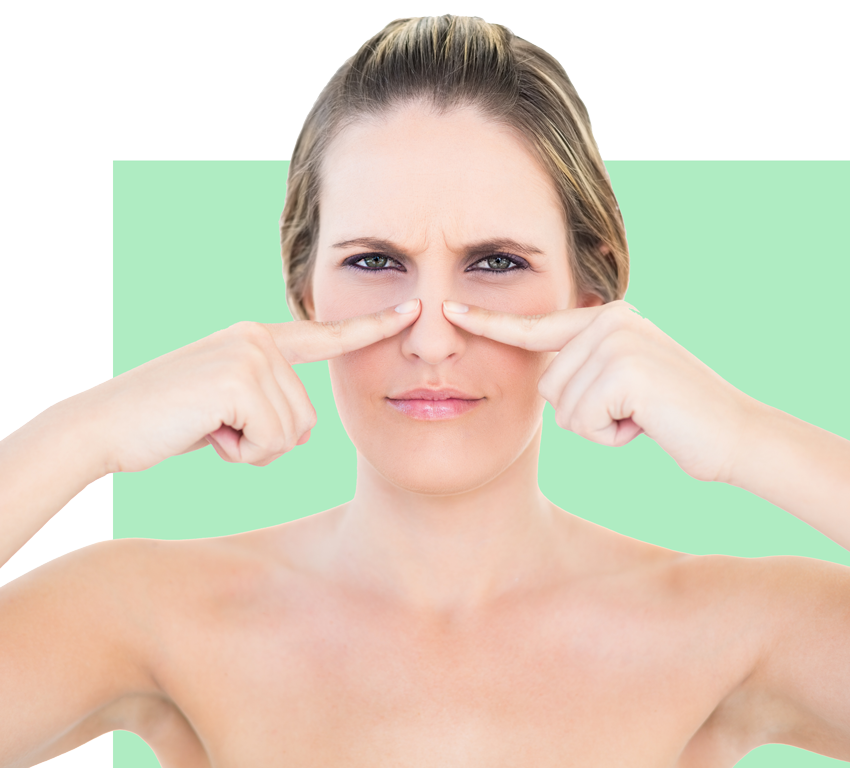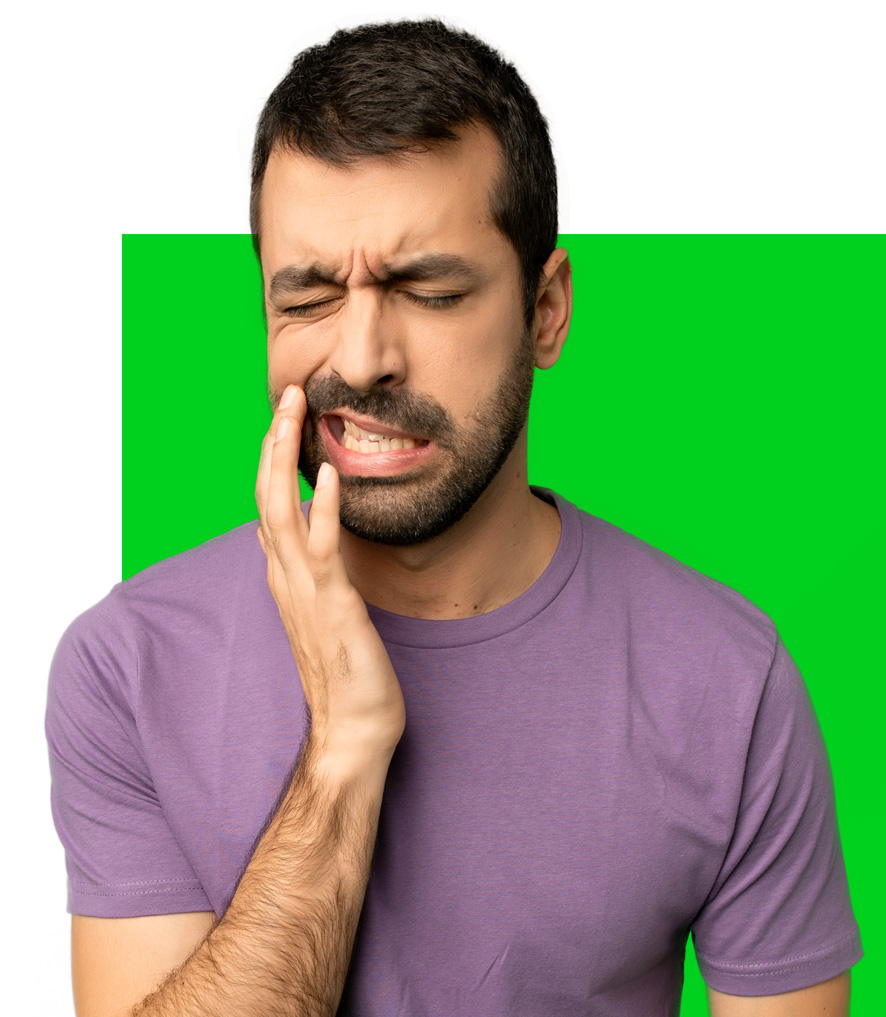What are turbinates?
The turbinates are structures on the sides of the nose responsible for directing, filtering and humidifying the air we breathe through the nose (see image). We generally have three pairs in each nostril, named for their location: inferior turbinates, middle turbinates, and superior turbinates.
Each turbinate is made up of bone surrounded by mucosa, which is lined with blood vessels and nerve endings. In turn, the mucosa surrounding the turbinates contain immune receptors, which help to perceive and block the inhalation of irritants or possible causes of infection.

Can turbinates cause nasal obstruction?
The growth or inflammation of the turbinates may prevent you from breathing properly through one or both nostrils. The turbinates can become inflamed by exposure to an allergic agent (such as dust, pollen, mites, etc.), by inhaling irritants, changes in temperature, or due to infection in the nose or sinuses. Most of these cases are temporary conditions, and the turbinates return to their normal size.
However, continued exposure to irritants or allergens can cause persistent inflammation of the turbinates, particularly the lower turbinates (see image). This, depending on the severity, can cause us to breathe through the mouth most of the time which can limit physical activity, cause bad breath, hoarseness or sleep-related breathing disorders, headaches, runny nose and, in the childhood can affect the development of certain structures in the face.

How is persistent turbinate inflammation diagnosed and treated?
It is important to see a specialist in the nose and paranasal sinuses (otolaryngologist) if you suspect or have a persistent nasal obstruction for more than three weeks.
During the consultation, the specialist doctor will not only take note of your important medical history, he will also examine your nose in order to diagnose the cause of your condition either manually or with the help of a small camera called an endoscope.
Initial treatment for inflamed turbinates can vary depending on the doctor or medical condition and is focused on reducing inflammation and improving nose breathing. Anti-inflammatories or antihistamines are usually prescribed either as a spray applied directly to the nose or orally.
If you do not have noticeable improvement with medical treatment, your doctor may suggest a simple surgical procedure to reduce the size of the turbinates called a turbinoplasty. There are several surgical techniques to reduce the size of the turbinates; your doctor will recommend the best treatment for you. In general, most procedures do not require incisions in the skin, and do not change the shape or size of the nose.
The decision to have any surgical procedure should be after the surgeon knows all the patient’s medical history and has fully explained as well as discussed the surgical procedure, possible complications and risks.
* This information does not take the place of your doctor's advice. Please consult your healthcare provider for information about a specific medical condition.
References
Abdullah, B., & Singh, S. (2021). Surgical Interventions for Inferior Turbinate Hypertrophy: A Comprehensive Review of Current Techniques and Technologies. International Journal of Environmental Research and Public Health, 18(7), 3441.
https://doi.org/10.3390/ijerph18073441 Becker, D. (2003). Septoplasty and turbinate surgery. Aesthetic Surgery Journal, 23(5), 393–403. https://doi.org/10.1016/s1090-820x(03)00208-5




